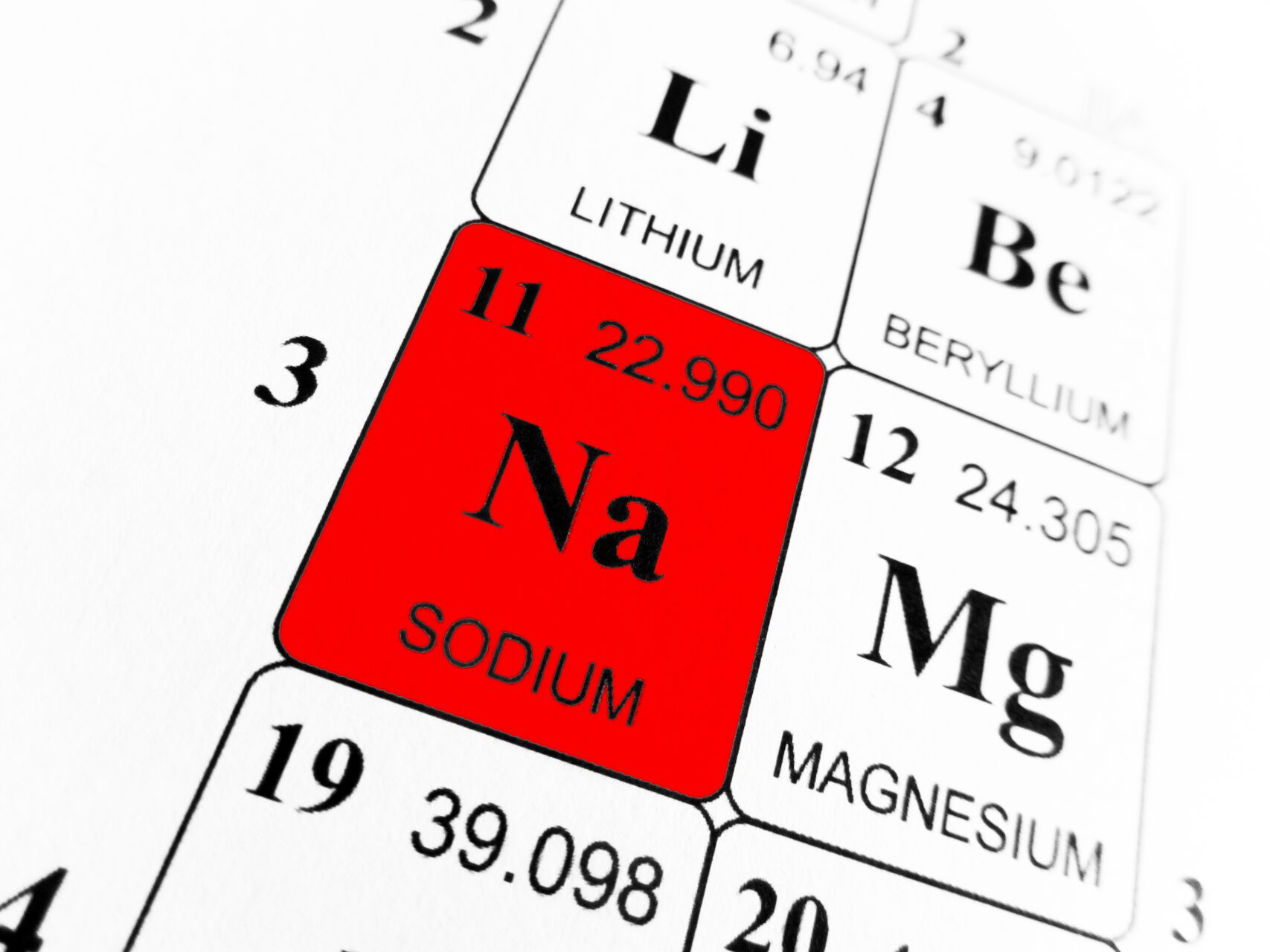Sodium is not a pathogen, but it, too, kills. Just ask the World Health Organization (WHO), which reports that two million of the eight million poor diet deaths can be blamed on high sodium intake. According to WHO, excess dietary sodium intake increases blood pressure and consequently increases the risk of cardiovascular diseases.
In the United States, most sodium is consumed not from the table salt shaker but in packaged and processed foods. The U.S.
Food and Drug Administration has been relying on voluntary sodium reduction targets, hoping that food manufacturers will reduce sodium content to more healthy levels, The FDA now wants to reduce the sodium intake of Americans by 20 percent lower than in 2021. A daily suggested limit for sodium is 2,300 mg. The FDA recommends it.
The 20 percent cut would still be higher than recommended at 2,750 mg daily. FDA has marked a milestone by building on Phase I of its voluntary sodium reduction targets and issuing draft guidance for Phase II. This data-driven, stepwise approach will help reduce sodium across the food supply.
Before 2021, consumer intake was approximately 3,400 milligrams per day on average, far higher than the limit recommended by the Dietary Guidelines for Americans of 2,300 milligrams per day for those 14 years and older. If finalized, the new set of voluntary targets would support reducing average individual sodium intake to about 2,750 milligrams per day. This reduction is approximately 20 percent lower than consum.

















